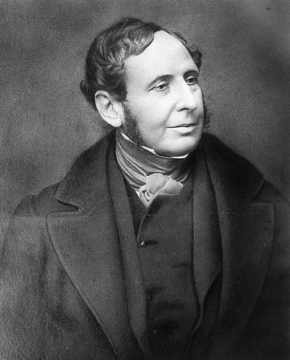by Mark Harvey

One of the artifacts of modern American culture is the digital clutter that crowds our minds and crowds our days. I’m old enough to have grown up in the era before even answering machines and the glorification of fast information. It’s an era that’s hard to remember because like most Americans, I’ve gotten lost in the sea of immediate “content” and the vast body of information at our fingertips and on our phones. While it’s a delicious feeling to be able to access almost every bit of knowledge acquired by humankind over the last few thousand years, I suspect the resulting mental clutter has in many ways made us just plain dumber. Our little brains can absorb and process a lot of information but digesting the massive amount of data available nowadays has some of our minds resembling the storage units of hoarders: an unholy mess of useless facts and impressions guarded in a dark space with a lost key.
If you consider who our “wise men” and “wise women” are these days, they sure seem dumber than men and women of past centuries. I guess some of them are incredibly clever when it comes to computers, material science, genetic engineering, and the like. But when it comes to big-picture thinking, even the most glorified billionaires just seem foolish. And our batch of politicians even more so.
It’s hard to know the shape and content of the human mind in our millions of years of development but the story goes that we’ve advanced in consciousness almost every century, with major advances in periods such as the Renaissance and the Enlightenment. That may be true for certain individuals but as a whole, it seems we drove right on past the bus stop of higher consciousness with our digital orgy and embryonic embrace of artificial intelligence. Are we losing the wonderful feeling, agency, and utility of uncluttered minds? Read more »
